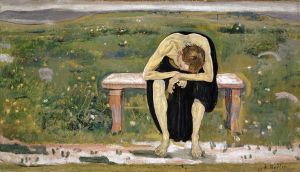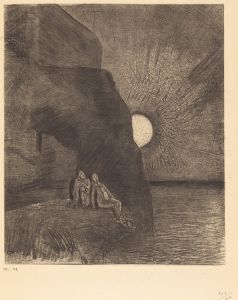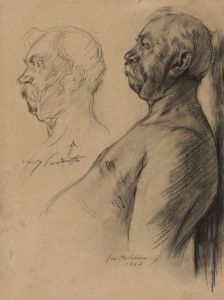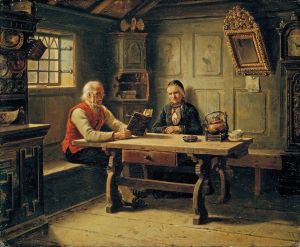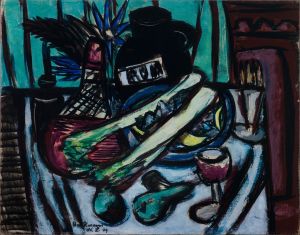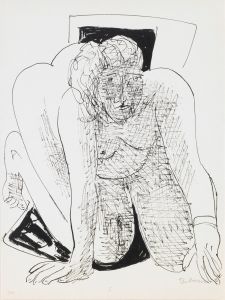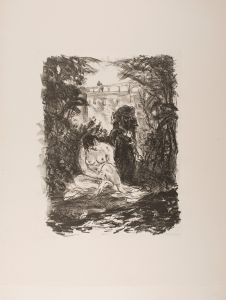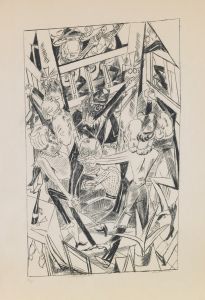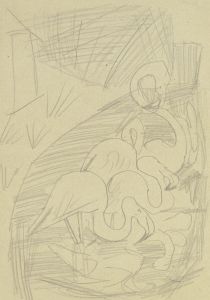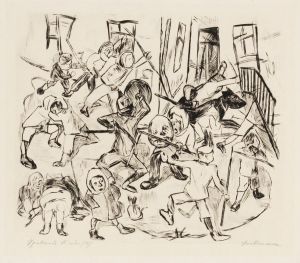
Old Woman
A hand-painted replica of Max Beckmann’s masterpiece Old Woman, meticulously crafted by professional artists to capture the true essence of the original. Each piece is created with museum-quality canvas and rare mineral pigments, carefully painted by experienced artists with delicate brushstrokes and rich, layered colors to perfectly recreate the texture of the original artwork. Unlike machine-printed reproductions, this hand-painted version brings the painting to life, infused with the artist’s emotions and skill in every stroke. Whether for personal collection or home decoration, it instantly elevates the artistic atmosphere of any space.
"Old Woman" is a painting created by the German artist Max Beckmann in 1926. Beckmann, born in 1884, is renowned for his contributions to the Expressionist movement, although his work often defies simple categorization. His art is characterized by bold lines, intense colors, and a deep exploration of human psychology and social conditions.
"Old Woman" exemplifies Beckmann's mature style, which he developed after World War I. The painting portrays an elderly woman seated, with a somber and contemplative expression. The background is relatively simple, drawing attention to the figure herself. Beckmann's use of color and form in this work is notable; he employs a muted palette that enhances the melancholic mood of the piece. The brushwork is confident and expressive, capturing the texture of the woman's skin and the folds of her clothing with great skill.
The subject of the painting, an old woman, reflects Beckmann's interest in depicting the human condition and the passage of time. This theme is recurrent in his oeuvre, where he often explores the complexities of life, aging, and the human psyche. The woman's expression and posture suggest a life of experience and perhaps hardship, inviting viewers to contemplate her story and the broader human experience.
Beckmann's career was significantly influenced by the political and social upheavals of his time. After serving in World War I, he experienced a profound shift in his artistic vision, moving away from the more traditional styles he had previously embraced. The trauma of the war and the subsequent instability in Germany deeply affected him, leading to a more introspective and critical approach in his work.
In the 1920s, Beckmann was part of the New Objectivity (Neue Sachlichkeit) movement, which sought to depict reality with a critical eye, often highlighting the harshness and absurdity of contemporary life. "Old Woman" can be seen within this context, as it presents a realistic and unidealized portrayal of its subject, emphasizing the emotional and psychological depth of the human experience.
Max Beckmann's work, including "Old Woman," has been exhibited in numerous prestigious institutions worldwide. His paintings are held in high regard for their technical mastery and profound emotional impact. Beckmann's ability to convey complex human emotions and social commentary through his art has secured his place as one of the most important artists of the 20th century.
"Old Woman" remains a significant example of Beckmann's artistic legacy, showcasing his unique style and his commitment to exploring the depths of human existence. The painting continues to resonate with audiences today, offering a poignant reminder of the universal themes of aging, reflection, and the passage of time.





